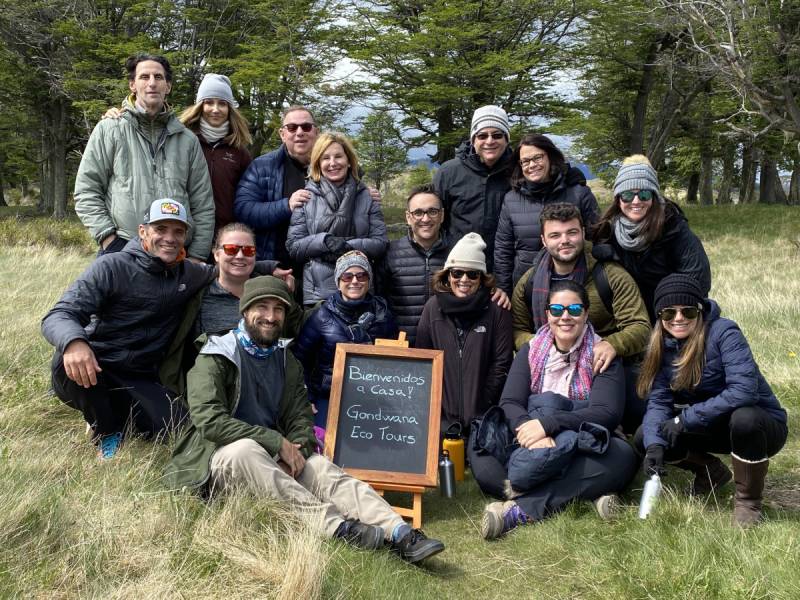Do the Northern Lights Ever Shine Over North Carolina?
PRIVATE & SMALL GROUP TOURS TO THE WORLD'S BEST DESTINATIONS
Are You Planning A Trip To See The Northern Lights?

Can You See the Aurora Borealis in North Carolina?
Wondering if you can catch a glimpse of the aurora borealis in North Carolina? While it’s not a reliable location for Northern Lights viewing, rare displays have been reported — typically during periods of intense solar activity. If you're hoping to see the aurora here, it will require both patience and a bit of luck.
Can You See the Northern Lights in North Carolina?
In general, North Carolina lies far south of the auroral oval — the region where auroras are most commonly visible. On very rare occasions, strong geomagnetic storms may extend visibility into northern parts of the state. But even then, auroras are usually faint and easily missed without dark skies and the right conditions.
Where Might the Aurora Be Visible in North Carolina?
- Northern rural areas: Away from city lights and at higher elevations, the chances are slightly better during extreme solar events.
- Dark Sky Parks: Areas like Medoc Mountain State Park or rural stretches of the Blue Ridge may offer the best (though still slim) odds.
What About Major Cities Like Charlotte or Raleigh?
It’s virtually impossible to see the Northern Lights from large urban centers in North Carolina. Light pollution, atmospheric haze, and lower latitude all work against visibility. For aurora viewing, North Carolina’s cities simply aren’t viable locations—even during Solar Cycle 25’s peak years.
Global Aurora Forecast: 2026–2030
The following table outlines expected solar activity on a global scale. While it provides helpful context, keep in mind that states like North Carolina will only see the aurora during extremely strong geomagnetic storms.
| Year | Aurora Activity Forecast | Notes |
|---|---|---|
| 2026 | ⭐⭐⭐⭐⭐ Very High | Peak of Solar Cycle 25. Best chance for rare sightings in low-latitude states like NC. |
| 2027 | ⭐⭐⭐⭐½ Extremely High | Lag year with sustained storm activity. Rare auroras remain possible. |
| 2028 | ⭐⭐⭐ Moderate | Fewer storms likely. Aurora activity shifts back to higher latitudes. |
| 2029 | ⭐⭐ Low to Moderate | Sunspot activity declines. Very low chance of sightings in the Southeast. |
| 2030 | ⭐ Low | Solar minimum approaches. Aurora visibility becomes extremely unlikely. |
States With Higher Aurora Potential
If seeing the aurora is a major goal, we strongly suggest planning a trip to states farther north with higher probabilities. See our complete guide to more aurora-friendly destinations here: Top Northern Lights Locations in the U.S.
Sources: NOAA Space Weather Center, NASA Solar Dynamics Observatory, Aurora Tracks
Download all three Alaska tour brochures for tour dates and pricing.

About Gondwana Ecotours
Gondwana Ecoutours specializes in small group and private tours to bucket list destinations around the world. Our itineraries are carefully curated to include both unique nature and culture and fun activities are suitable to most travelers. Traveling with guides who live in the communities we visit add depth and authenticity to the experience.
| See All Tours > |

